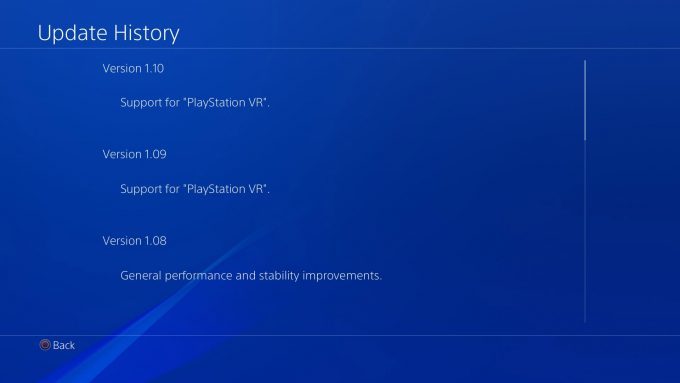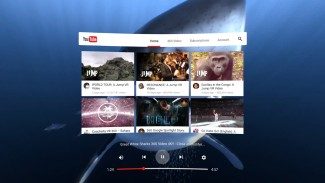While YouTube is rapidly growing as a leading source of 360 degree video content, an official YouTube VR app has been notably absent from the high-end tethered headsets, even after its debut on Google’s Daydream VR platform. Now, PlayStation VR is the first to get support for the app, while the Rift and the Vive will likely have some time still to wait.
After a small initial deployment of an update to PS4’s YouTube app a few weeks back, users in both US and EU are reporting that the 1.10 YouTube patch has added support for the PlayStation VR headset (if you don’t have it yet, click the Options button while highlighting the YouTube app on PS4 and press Check for Update).




Inside the videosphere of a 360 video on YouTube you can look around in all directions to see the action, but of course there’s no positional tracking because the video is a standard single point capture (which means if you lean from side to size, the view won’t move). Non-VR 3D videos don’t appear to be supported by the application yet, but hopefully they will be in time.
For reasons that are likely more political than technological, PlayStation VR is the first of the big three tethered VR headsets to get an official YouTube VR app. Notably, as PSVR is console-based, PC VR headsets still have no official YouTube VR app despite being available for much longer than PSVR.
The sporadic availability of the app speaks to continued strategic maneuvering by Google and competitors vying for the best position in the early VR landscape. Ironically, one of Google’s biggest competitors, Apple, saw their iOS platform get official (albeit rudimentary) YouTube VR support thanks to the iOS YouTube app getting ‘Cardboard’ VR functionality in the middle of 2016.


The irony continues as one of Google’s biggest allies on the Android front, Samsung, has seen their Gear VR users deprived of a YouTube VR app while Google made sure it was part of the launch lineup for the mobile Daydream VR platform in late 2016.
Other major video platforms like Netflix (and even speciality VR video platforms like NextVR) also continue to be curiously absent from the industry’s best tethered headsets.

